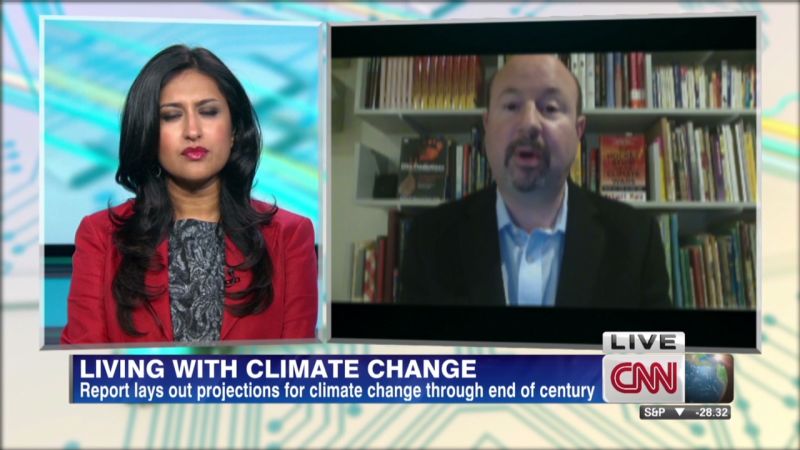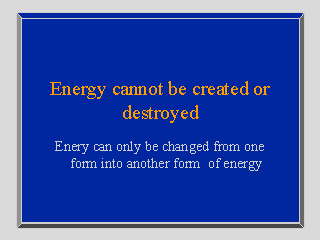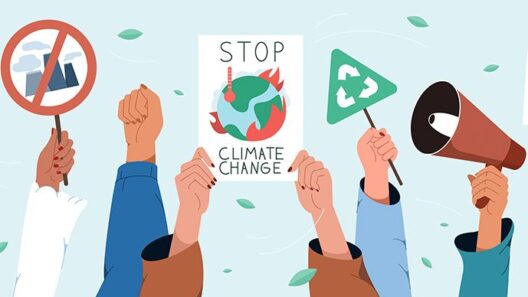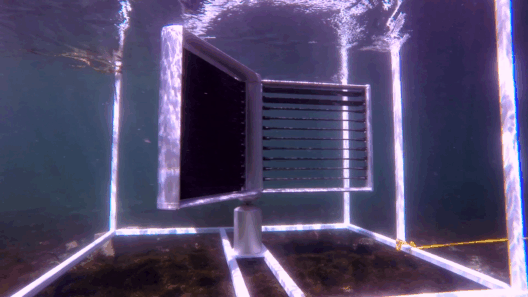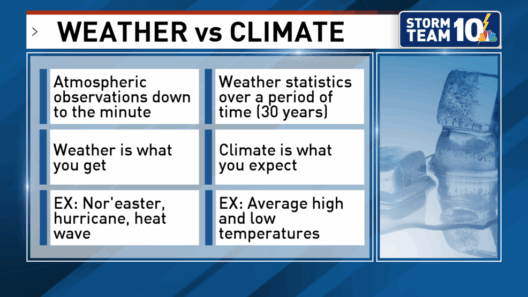Climate change is a multifaceted dilemma that evokes passionate discussions across the globe. It operates like a complex symphony, with nature playing its part and human activity resonating as the off-key note. To unravel whether humans are behind this cacophony, we must delve into the intricate web of science, statistics, and societal impact.
Understanding climate change requires acknowledging its fundamental mechanics. The Earth’s atmosphere is a delicate balance of gases, akin to a finely tuned instrument, susceptible to the slightest alterations. While natural processes contribute to climate variability over millennia, recent trends indicate a striking departure from historical norms. The burning of fossil fuels, deforestation, and industrial activities have unleashed vast quantities of greenhouse gases—metaphorical bricks—into the atmospheric wall, creating a barrier that traps heat and ultimately leads to a warming planet.
To assert that climate change is primarily anthropogenic is not merely a moral stance; it is grounded in a robust scientific consensus. According to the Intergovernmental Panel on Climate Change (IPCC), there is a greater than 95% probability that human activities are the dominant influence on global warming since the mid-20th century. This stark reality emerges from a confluence of evidence, gathered through a multitude of methodologies, including atmospheric measurements, ice core sampling, and predictive climate modeling.
Unraveling the Myriad Threads of Evidence
In the pursuit of truth, the scientific community has conducted extensive research to dissect the causal relationships underlying climate change. Each study acts as a thread woven into a comprehensive tapestry of knowledge. A significant aspect of this exploration is the analysis of carbon dioxide (CO2) levels. Historical data shows an alarming rise in CO2 concentrations, from around 280 parts per million pre-industrial times to over 410 parts per million today. This escalation parallels the Industrial Revolution, when the output of greenhouse gases began its steep ascent—a vivid tableau of cause and effect.
Compounding this concern, methane—a potent greenhouse gas—has also seen a dramatic increase. Released through agricultural practices, landfills, and natural gas production, methane has a warming potential more than 25 times greater than CO2 over a century. Analyzing the multifarious sources of these emissions elucidates the undeniable connection between human activity and climate change.
Nature’s Alarms: Signs of a Warming Planet
The Earth’s ecosystems are responding to the escalating temperatures in profound ways. The phenomenon is reminiscent of an orchestra gradually missing its cues as the conductor falters. Coral reefs, often referred to as the rainforests of the sea, are experiencing widespread bleaching due to rising ocean temperatures and acidification. Meanwhile, extreme weather events, such as hurricanes, droughts, and heat waves, are amplifying in frequency and severity, reinforcing the narrative that climate change is not a distant threat—it is an omnipresent reality.
Moreover, shifts in wildlife behavior and migratory patterns are another testament to the planet’s distress signal. Species that once thrived in specific climates are finding themselves displaced, struggling to adapt, or facing extinction. These developments not only underline the fragility of biodiversity but also highlight the intricate connections within ecosystems that are being unraveled by human actions.
The Psychological Implications: A Call to Awareness
The implications of climate change, rooted deeply in human behavior, are profound and far-reaching. The juxtaposition of scientific evidence with individual and collective responses reflects a complex psychological panorama. Many people grapple with climate anxiety—an unsettling sense of helplessness in the face of impending ecological upheaval. This growing phenomenon is a call to action, though, underscoring the pressing necessity for awareness and proactive engagement.
Shifting societal perceptions surrounding climate change is imperative. Cultivating a deep-seated understanding that we are not mere passengers on this planetary voyage but rather the captains steering the ship is crucial. Dialogue must transcend the realm of scientific circles into public discourse, education, and policy-making. Every action, no matter how small, can ripple through communities and engender collective change. Transitioning to renewable energy, reducing waste, and advocating for sustainable practices are not just ethical imperatives; they are surging movements that can redefine our relationship with the environment.
Charting a Sustainable Future: Solutions on the Horizon
The path forward requires vision and cooperation. Acknowledging that climate change is primarily human-induced should galvanize action rather than induce despair. Nations, organizations, and individuals must unite in a global crusade to mitigate these self-inflicted wounds. Renewable technologies such as wind, solar, and hydropower offer cleaner alternatives, suggesting that the tools to forge a sustainable future are within our grasp.
Furthermore, reforestation, sustainable agriculture, and waste minimization practices provide additional avenues to restore balance to our ecosystems. Engaging communities in local environmental actions can foster a renewed appreciation for nature and galvanize support for larger systemic change.
In conclusion, the question of whether climate change is caused by humans finds a resounding affirmation in the body of scientific evidence. The synthesis of this understanding invites a collective awakening to the reality that we hold the keys to our planet’s future. Through decisive action and unwavering commitment, we can transition from being harbingers of destruction to stewards of the Earth. The time has come to harmonize our existence with the planet—to compose a symphony that celebrates life, resilience, and sustainability.

